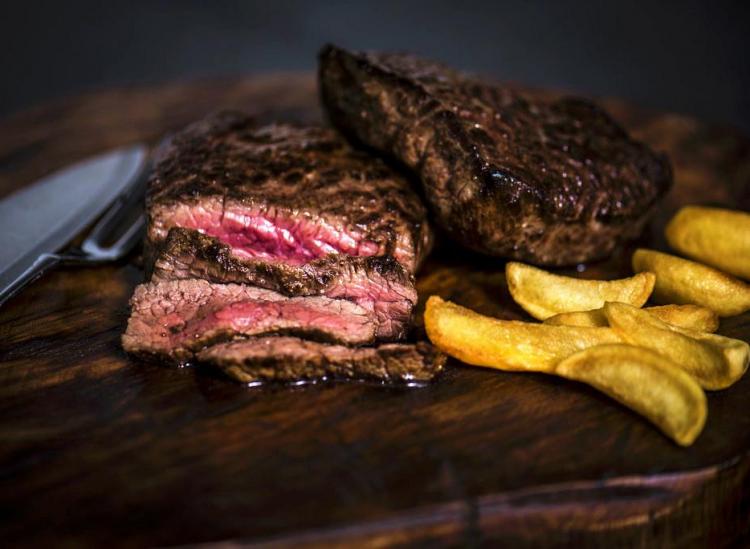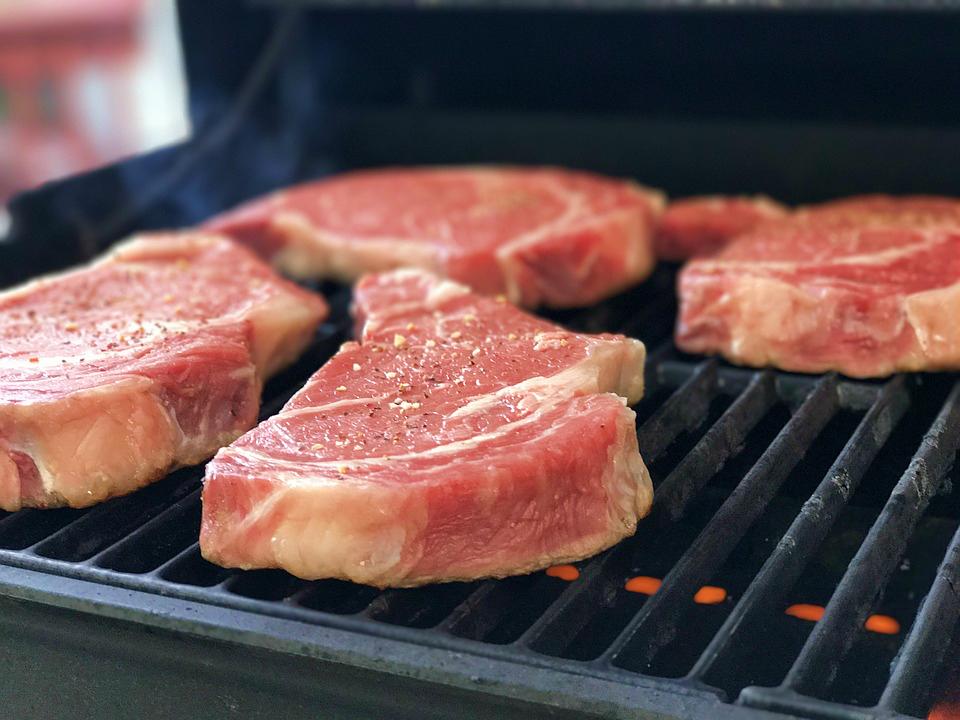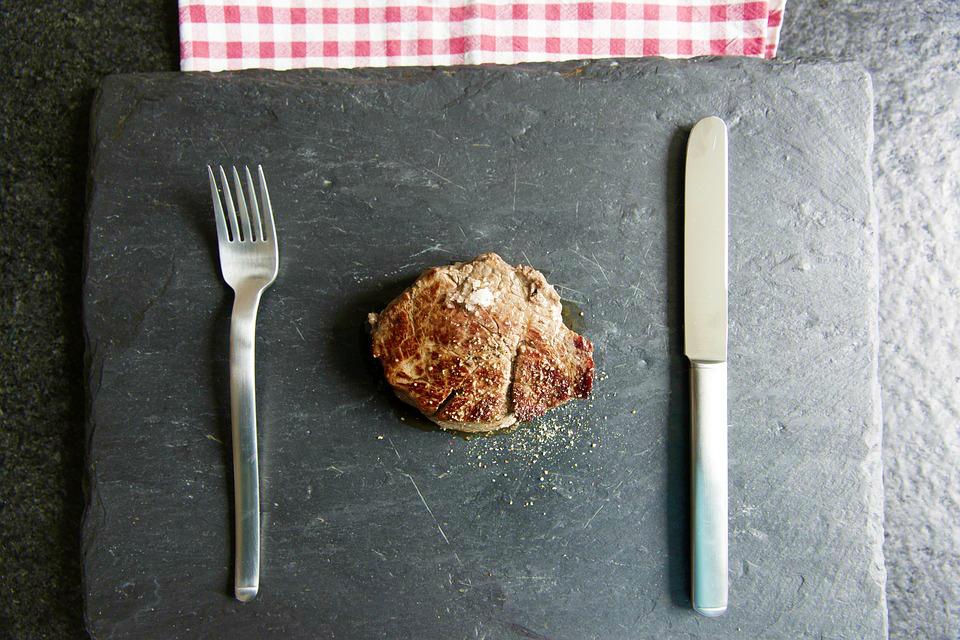Perfectly Sear Your Meat With 6 Simple Steps

Flickr
When you’re cooking any kind of protein, the first thing you generally notice is its appearance. If a fresh piece of salmon or a juicy cut of steak has that perfect golden brown sear, you know you can expect that caramelized flavor.
Searing is all about building up the flavor. If you’re making some kind of stew, it’s always important to sear your meat ahead of time so that you’ll get that deep, complex, savory, nutty flavor in your dish. Depending on who you ask, you might hear different takes on the importance of searing, but ultimately it’s worth it. It doesn’t take that much extra time and you’re guaranteeing that your protein will be packed with flavor. Here are six steps to perfectly searing your meat.
1. Heat The Pan
In order to get that perfectly deep golden brown color, you’ll need to make sure your pan is hot. Turn the flame up to medium-high. Unless it’s summer and you’re grilling, make sure you use a cast iron skillet or a stainless steel pan on your stove top.
2. Don’t Add Too Much Oil
Depending on how indulgent you want to be, you could either use some kind of vegetable oil like canola OR you could go with clarified butter. Add enough oil just to coat the bottom of the pan. You want to get an even caramelization, but you don’t want to fry your meat by putting too much oil. When you see little waves start to form in the oil or butter and the pan starts to smoke around the edges, your pan is ready.

Pixabay
3. Use Simple Seasonings
Season right before you cook your meat. You really only need kosher salt and freshly cracked pepper. No need to get fancy. One of the reasons why restaurant-quality meats always seem to come out better is that home cooks are usually too reserved with salt. Don’t be afraid to be generous with the salt. Season from up high so that you’ll get your meat evenly coated. Make sure to sprinkle both sides with salt and pepper before it goes into the pan.
4. Don’t Crowd The Pan
This holds true with everything you’re searing or sautéing. Don’t crowd the pan or your food won’t brown. Make sure you choose a pan that’s big enough to fit your piece of meat. You want it to fit right in the base of the pan without rising up the sides. If you’re trying to sear multiple pieces at once, make sure to leave room in between each one. Giving your meat or fish room to cook guarantees it will come out caramelized as opposed to steamed.
5. Don’t Move The Meat While It’s Cooking
Lay the meat down in the pan away from you so you don’t get splattered with oil. Once you hear that intense sizzling, just let it be. It might be tempting to play around with your food, but you just prevent the meat from browning. Once you lay it down, it’ll stick at first and then release when it’s seared. Once the meat releases from the pan and you see the edges turning golden brown, you can flip it over to the other side and cook that until the other side is golden brown. You should also use your fingers to gage how cooked your meat is. When a piece of meat is rare it’ll be soft and tender to the touch and when it’s well done it’ll be firm. You’ll probably want to be somewhere in the middle.

Pixabay
6. Let The Meat Rest
If you’re browning meat for a stew, now is the time to transfer it to the oven. If you’re eating a piece of steak or fish as is, you should let it rest before cutting and serving. Letting it rest allows the juices to redistribute throughout the meat so it doesn’t all drip out when you cut into it. Keep in mind that while your meat is resting it’s going to cook slightly more, so it’s better to take the meat off the heat source sooner rather than later.
If you can master the golden brown sear, you’ll be in good shape for the next cookout or dinner party.











